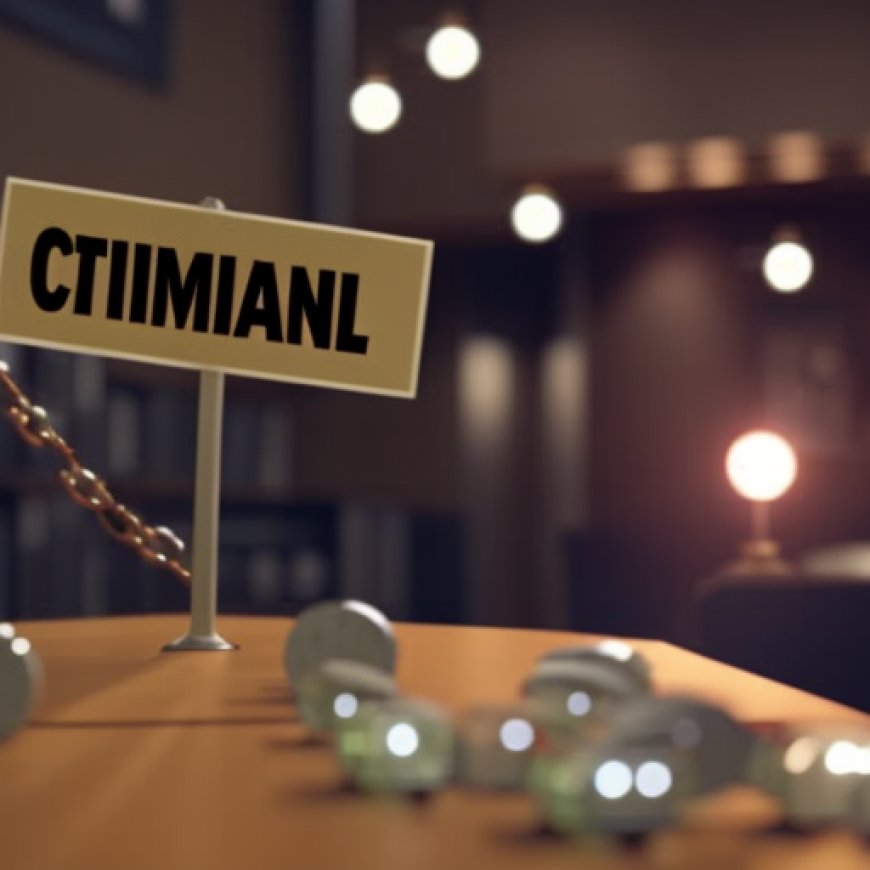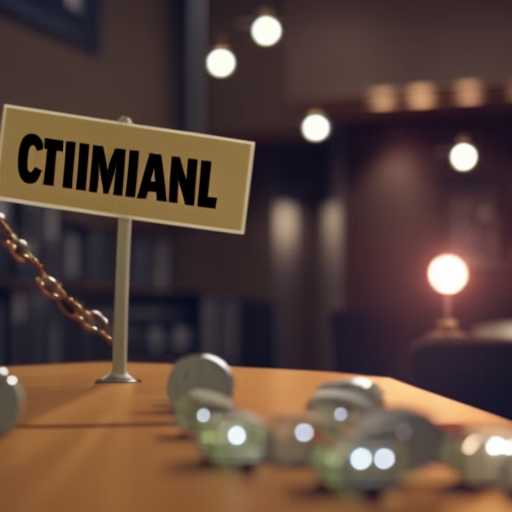Editorial: Criminal justice reform is alive. Thank conservatives
Editorial: Criminal justice reform is alive. Thank conservatives Los Angeles Times


Congress Should Pass the Safer Supervision Act for Criminal Justice Reform

The elimination of parole from the federal criminal justice system in 1984 did not completely remove post-release supervision. Currently, about 75% of individuals leaving federal prison remain under supervision, often for years, and frequently without valid reasons.
A transition period to ensure successful reentry into society after prison is crucial. However, federal supervised release, which resembles parole with its post-prison restrictions, is excessively long and expensive. It fails to distinguish between individuals at high risk of reoffending and those at negligible risk. Moreover, there is growing evidence that prolonged supervision increases the likelihood of recidivism. The extended lack of real freedom hinders the transition to responsible post-prison behavior.
The Safer Supervision Act: A Bipartisan Solution
The Safer Supervision Act, a bipartisan bill, aims to reduce the duration of post-prison supervision if public safety would not be negatively impacted. This legislation aligns with the spirit of the First Step Act, another bipartisan federal criminal justice reform signed into law in 2018 by President Trump. The First Step Act aimed to decrease excessive federal prison sentences while promoting rehabilitation. It was a notable bipartisan achievement resulting from the collaborative efforts of CNN commentator Van Jones, U.S. Sen. Cory Booker, and reform-oriented Republicans.
Conservative Support for Criminal Justice Reform
Criminal justice reform is not solely a liberal cause. Political conservatism has deep roots in this movement, with significant sentencing reforms emerging from conservative-led states such as Texas, Georgia, and South Carolina. Conservative reform groups like Right on Crime draw on religious traditions emphasizing repentance and forgiveness, as well as concerns over government expansion and wasteful spending in public safety and punishment.
Former House Speaker Newt Gingrich, a Republican from Georgia, supports the Safer Supervision Act and highlights the conservative critique of an expansive carceral system. He emphasizes that our nation’s public safety systems are susceptible to bloat, waste, and inefficiency inherent in massive government operations.
Building Common Ground for Reform
Support for criminal justice reform should not be limited to specific political affiliations. A decade ago, Gingrich and conservative billionaire B. Wayne Hughes Jr. co-authored an op-ed in favor of Proposition 47, a California reform that addressed drug offenses and minor property crimes. They cited Texas as an example of successful prison reform, which resulted in substantial cost savings redirected towards drug treatment and mental health services.
Despite the current election-year posturing and distorted narratives surrounding criminal justice reform, even law enforcement organizations like the Major Cities Chiefs Association have joined forces with prosecutors, defense lawyers, religious groups, and progressive reformers to endorse the Safer Supervision Act.
While the Safer Supervision Act may not go far enough, rejecting it solely on those grounds would be a mistake. The First Step Act acknowledged the need for additional reform steps. Progress should be made incrementally, with conservatives and liberals, Democrats and Republicans, seeking common ground. Passing the Safer Supervision Act is a necessary step that Congress should take now.
SDGs, Targets, and Indicators Analysis
1. Which SDGs are addressed or connected to the issues highlighted in the article?
- SDG 16: Peace, Justice, and Strong Institutions
- SDG 10: Reduced Inequalities
The article discusses the need for criminal justice reform and highlights the problems with post-prison supervision. This aligns with SDG 16, which aims to promote peaceful and inclusive societies, provide access to justice for all, and build effective, accountable, and inclusive institutions at all levels. Additionally, the article mentions the need to right-size drug offenses and small property crimes, which relates to SDG 10, which aims to reduce inequalities within and among countries.
2. What specific targets under those SDGs can be identified based on the article’s content?
- SDG 16.3: Promote the rule of law at the national and international levels and ensure equal access to justice for all.
- SDG 10.3: Ensure equal opportunity and reduce inequalities of outcome, including by eliminating discriminatory laws, policies, and practices and promoting appropriate legislation, policies, and action in this regard.
The article emphasizes the need for equal access to justice and the reduction of inequalities in the criminal justice system. These align with SDG 16.3 and SDG 10.3, respectively.
3. Are there any indicators mentioned or implied in the article that can be used to measure progress towards the identified targets?
- Indicator for SDG 16.3: Proportion of victims of violence in the previous 12 months who reported their victimization to competent authorities or other officially recognized mechanisms
- Indicator for SDG 10.3: Proportion of population reporting having personally felt discriminated against or harassed in the previous 12 months on the basis of a ground of discrimination prohibited under international human rights law
The article does not explicitly mention indicators, but the mentioned targets can be measured using the above indicators. These indicators assess the extent to which individuals have access to justice and experience discrimination, which are relevant to the issues discussed in the article.
Table: SDGs, Targets, and Indicators
| SDGs | Targets | Indicators |
|---|---|---|
| SDG 16: Peace, Justice, and Strong Institutions | Promote the rule of law at the national and international levels and ensure equal access to justice for all. | Proportion of victims of violence in the previous 12 months who reported their victimization to competent authorities or other officially recognized mechanisms |
| SDG 10: Reduced Inequalities | Ensure equal opportunity and reduce inequalities of outcome, including by eliminating discriminatory laws, policies, and practices and promoting appropriate legislation, policies, and action in this regard. | Proportion of population reporting having personally felt discriminated against or harassed in the previous 12 months on the basis of a ground of discrimination prohibited under international human rights law |
Behold! This splendid article springs forth from the wellspring of knowledge, shaped by a wondrous proprietary AI technology that delved into a vast ocean of data, illuminating the path towards the Sustainable Development Goals. Remember that all rights are reserved by SDG Investors LLC, empowering us to champion progress together.
Source: latimes.com

Join us, as fellow seekers of change, on a transformative journey at https://sdgtalks.ai/welcome, where you can become a member and actively contribute to shaping a brighter future.







